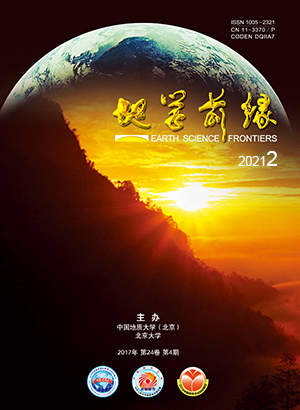Lake sediment is considered a “natural seismograph” because of its sensitivity to ground motion. Paleoseismic study of lake sediments, an important direction of paleoseismic study, makes it feasible to reconstruct long-term seismic sequences. The purpose of this paper is to summarize the main progress, existing problems, and future prospects of this important research field. The paper first briefly introduces the relative advantages of lacustrine paleoseismic records in terms of formation and preservation potentials, spatial distribution, and sensing ability over the traditional paleoseismic records. It then summarizes the main response mechanism of lake sediments to ground motion from the process viewpoint, with emphasis on the similarities and differences of different mechanisms, such as liquefaction, fluidization, and sediment resuspension, in control factors, process features, and response threshold. Next, combined with process characteristics and research status, the paper summarizes the seismic records of different types of lake sediments, compares and analyzes the sedimentary and dynamic characteristics from four types of records, including deformation structure, mass-transported deposits, turbidity deposits, and resuspension deposits, and discusses the paleoseismic meaning and research methods of different types of records. Lastly, the paper summarizes the applicability of popular research methods, such as geophysical exploration, sedimentary analysis, and physical and chemical proxies, in the identification of paleoearthquakes and reconstruction of paleoseismic sequences of lake sediments on different spatial scales. However, each method has its limitations due to the complexity of the lacustrine system itself and diversity of external disturbances. In the final analysis, it is clear that the main problems in paleoseismic investigation of lake sediments are the lacks of a universal response model, identification bases, and discrimination criteria. In future, we should concentrate our effort toward an in-depth understanding of the response process of lake sediments to ground motion, actively introducing theoretical tools and methods in expanding mathematical or experimental simulation from 2D observation to 3D reconstruction; whilst data interpretation should attempt to combine macro and micro aspects, e.g., changing from single to comprehensive combined indexes, to facilitate the establishment of universal diagnostic indicators and criteria.

